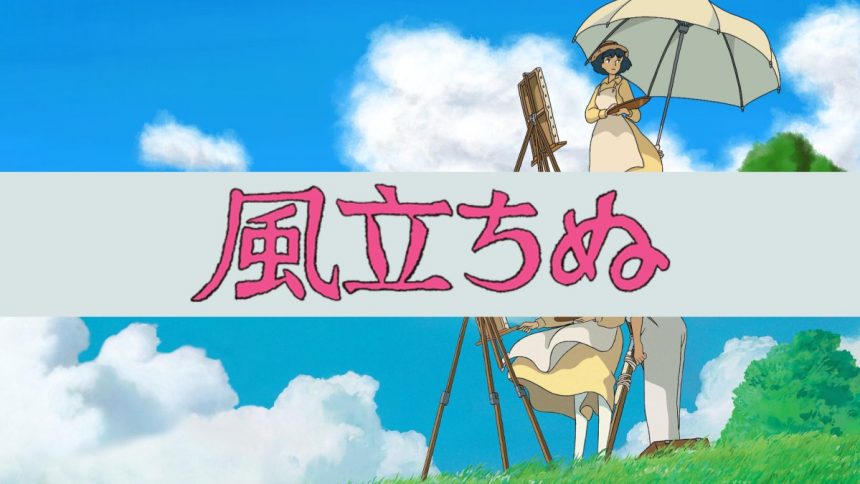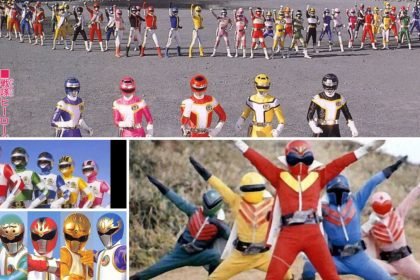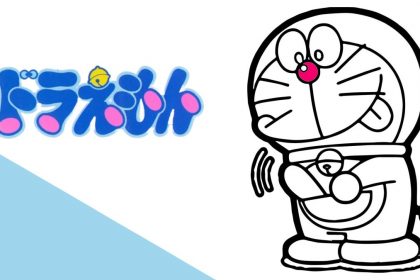Imagine a world where the wind holds the power to shape destinies, where dreams take flight on the wings of imagination. This is the enchanting realm of “Kaze Tachinu,” a captivating animated film directed by the legendary Hayao Miyazaki. In this article, we will embark on a journey to explore the mesmerizing world of “Kaze Tachinu” and delve into its main themes and questions that lie beneath its wind-swept surface.
An Overview of “Kaze Tachinu”
Set in early 20th-century Japan, “Kaze Tachinu,” also known as “The Wind Rises,” tells the fictionalized biographical story of Jiro Horikoshi, an aeronautical engineer who played a significant role in designing Japanese fighter planes during World War II. However, at its core, the film is more than just a historical account; it is a poetic exploration of dreams, sacrifice, and the indomitable spirit of human resilience.
Kaze Tachinu: The Power of Dreams
Pursuing Passion:
At the heart of “Kaze Tachinu” lies a celebration of following one’s passion. Jiro, driven by an unwavering love for aircraft, aspires to create beautiful flying machines that transcend the limits of possibility. Through Jiro’s journey, the film highlights the importance of nurturing our dreams, despite the obstacles that may stand in our way. It encourages us to embrace our passions and strive for greatness, even when faced with adversity.
An Example of Inspiration:
One poignant example of this theme is Jiro’s encounters with Caproni, an Italian aircraft designer, who appears to him in dreams. Caproni serves as Jiro’s mentor and source of inspiration, guiding him through the challenges he faces. This relationship exemplifies the power of mentorship and the profound impact it can have on shaping our ambitions and pushing us to reach for the skies.
Further Readings: Kiki’s Delivery Service is The Best Coming of Age Anime
Kaze Tachinu: Balancing Dreams and Reality
The Ethical Dilemma:
“Kaze Tachinu” presents a complex ethical dilemma as Jiro’s dream of building magnificent aircraft becomes intertwined with the realities of war. The film raises thought-provoking questions about the responsibility of creators and the moral implications of their creations. It delves into the internal struggle of an artist who must reconcile his passion for innovation with the destructive consequences that his creations bring.
Perspectives on Creation:
The film presents contrasting perspectives on creation and its relationship to war. Some characters view Jiro’s work as an essential contribution to their nation’s defense, while others question the morality of designing machines meant for destruction. This juxtaposition invites viewers to reflect on the intricate interplay between art, technology, and the consequences that emerge from the pursuit of our dreams.
Conclusion
“Kaze Tachinu” is a masterful creation that weaves together the threads of dreams, sacrifice, and the complexities of human ambition. Through its enchanting storytelling and breathtaking visual imagery, the film reminds us of the profound impact of our dreams and the choices we make in their pursuit. It urges us to seek a delicate balance between our aspirations and the realities that surround us. As the wind rises and carries us along, “Kaze Tachinu” serves as a gentle reminder that our dreams, even in the face of adversity, have the power to lift us higher than we could ever imagine.













